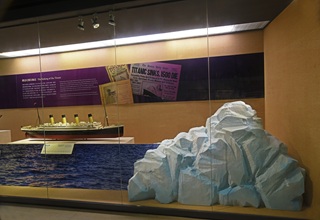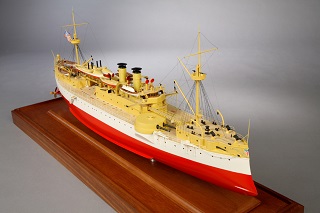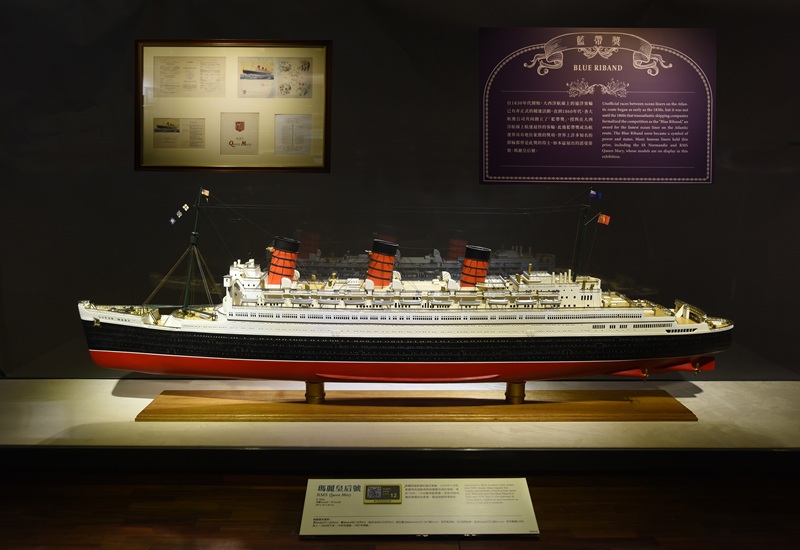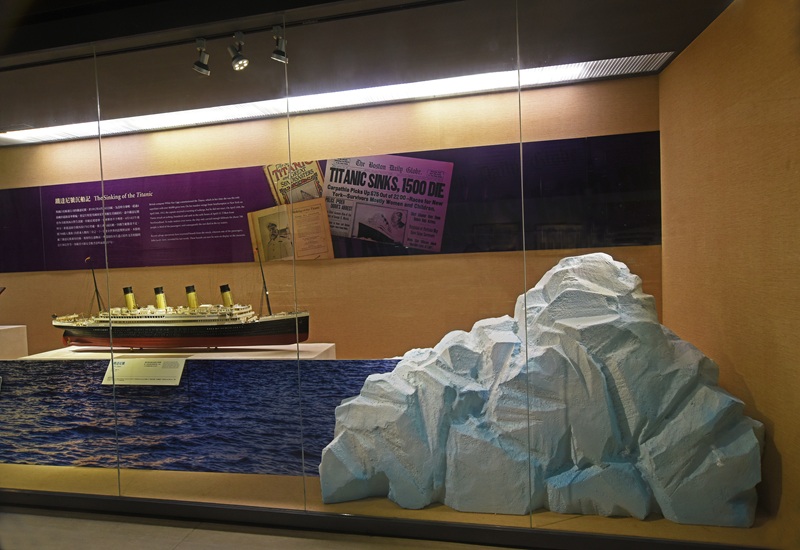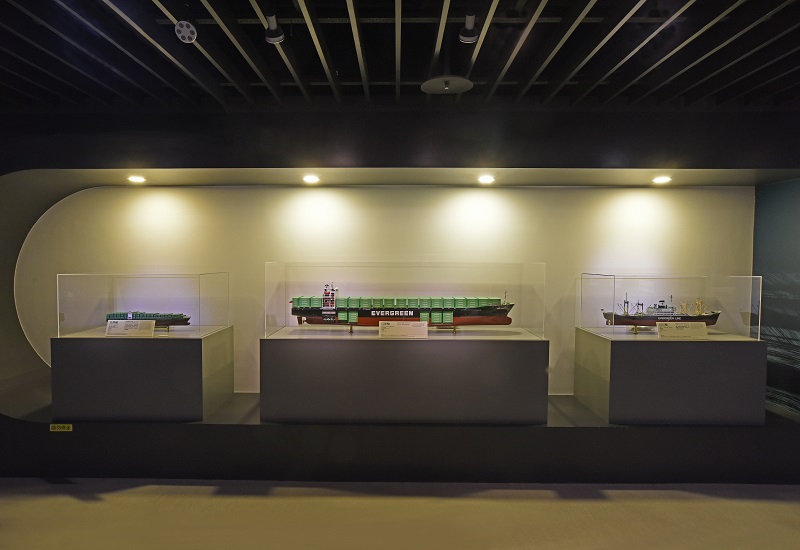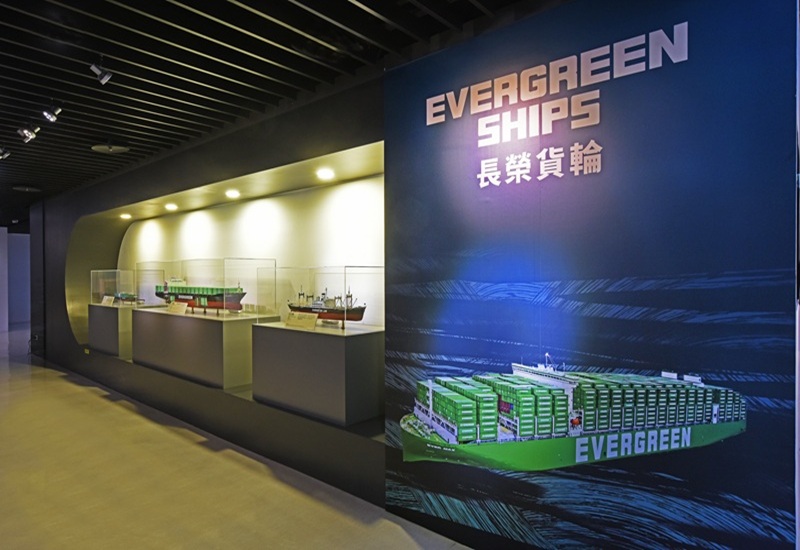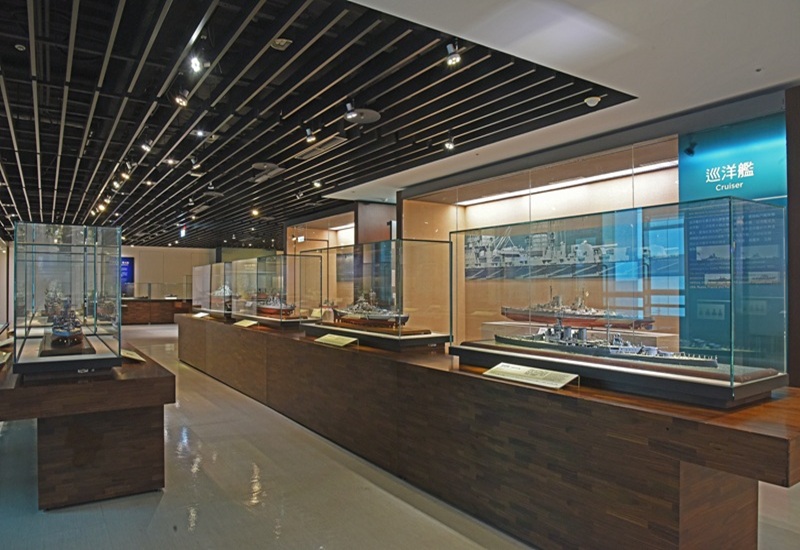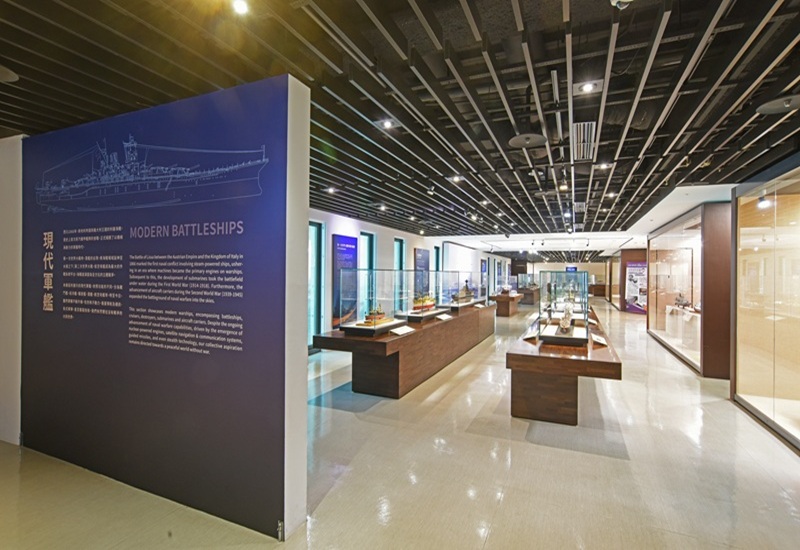Permanent Exhibitions
A display of engine-powered ships widely used in the 20th century, including ocean liners, modern cargo ships and warships.
Ocean Liners
Ocean liners were established to transport passengers in transoceanic voyages, while also serving as carriers of mail and cargo during their early years. From the late 19th to the mid-20th century, a wave of immigration from Europe to the Americas contributed to the prosperity of ocean liners. During this period, these vessels were prevalent, with the transatlantic lines being the most competitive.
However, with the emergence of civil aviation in the mid-20th century, there was a shift in travel preference towards airplanes. Consequently, ocean liners adapted to a new role as holiday resorts that offered tourists a myriad of entertainment activities both on board and at coastal destinations.
Evergreen Ships
Did you know that shipping plays an important role in our daily lives because many domestic goods are transported by cargo ships? Cargo ships are classified by the goods they carry as: bulk carriers, general cargo ships, container ships and tankers.
In 1968, Evergreen started operations with one used general cargo ship, Central Trust. The vessel was 15 years old, had a deadweight of 10095 tons, and sailed between the US and the Far East region, providing a tramp service.
Modern Cargo Ships
Cargo ships are merchant vessels that deliver goods from one port to another. Moreover, it can also transport products from manufacturer to dealer when it comes to international trades.
Modern cargo ships are categorized into bulk carrier, general cargo, containership, Roll-on/roll-off (RORO) ships, oil tanker, Liquefied Natural Gas (LNG) carriers, and so on. This section primarily displays containerships from Evergreen Marine Corporation.
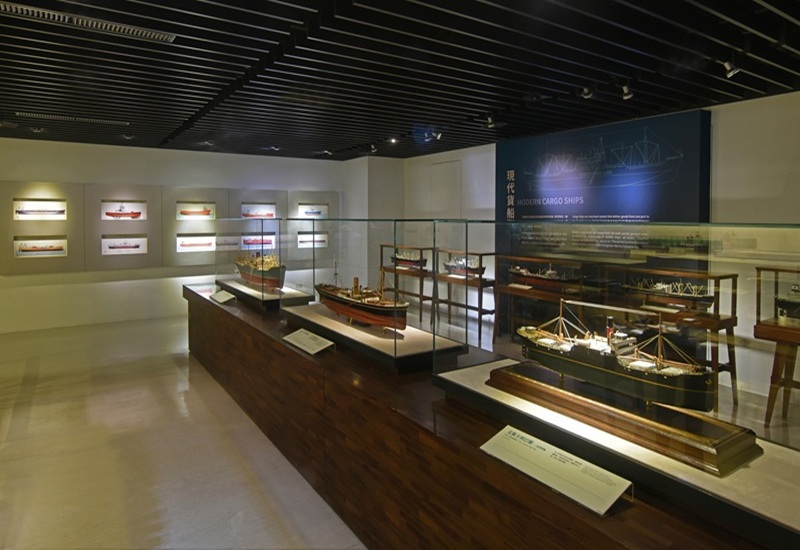
Modern Battleships
The Battle of Lissa between the Austrian Empire and the Kingdom of Italy in 1866 marked the first naval conflict involving steam-powered ships, ushering in an era where machines became the primary engines on warships. Subsequent to this, the development of submarines took the battlefield under water during the First World War (1914-1918). Furthermore, the advancement of aircraft carriers during the Second World War (1939-1945) expanded the battleground of naval warfare into the skies.
This section showcases modern warships, encompassing battleships, cruisers, destroyers, submarines and aircraft carriers. Despite the ongoing advancement of naval warfare capabilities, driven by the emergence of nuclear-powered engines, satellite navigation & communication systems, guided missiles, and even stealth technology, our collective aspiration remains directed towards a peaceful world without war.

